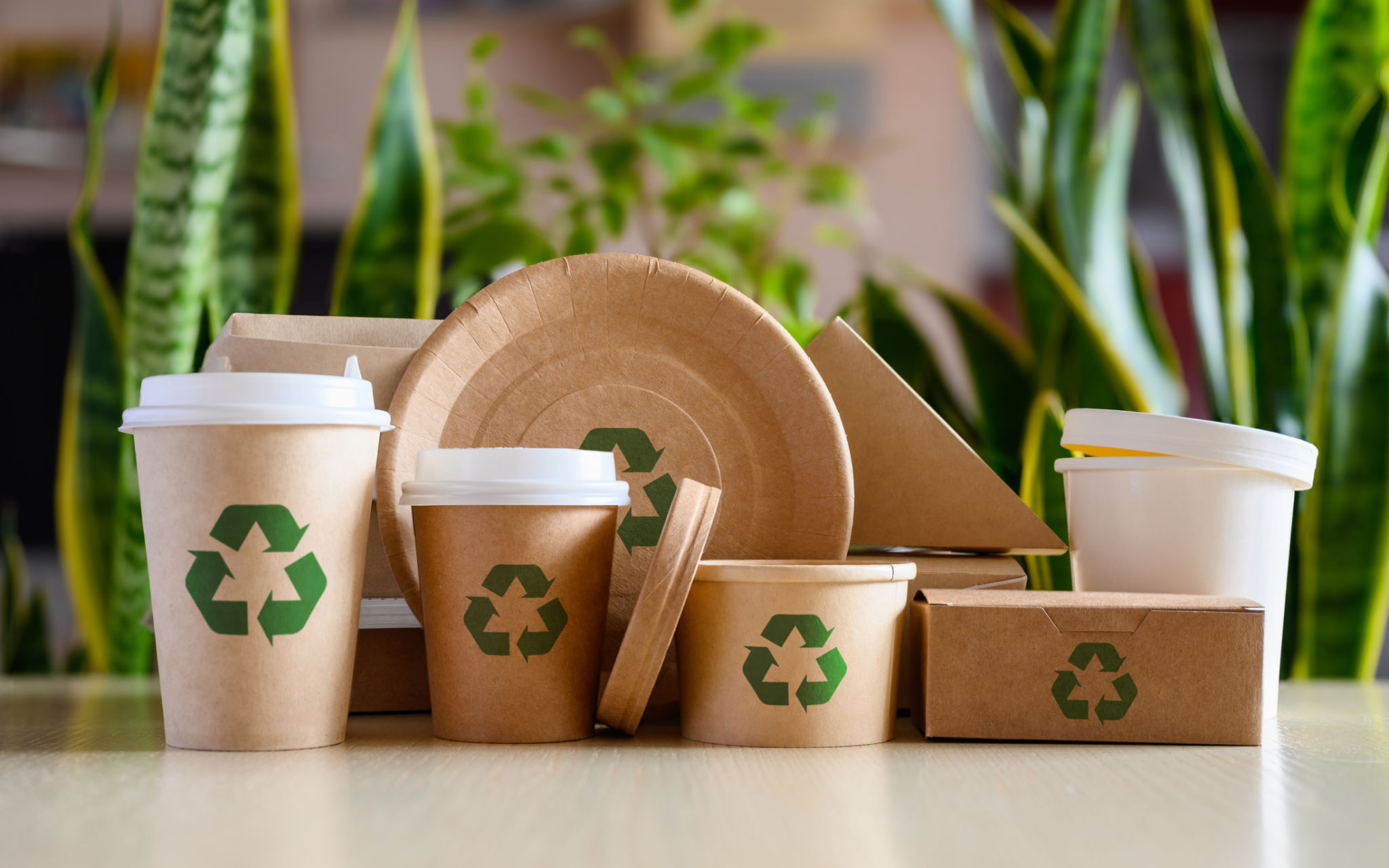Expert Insights: Innovations in Food Packaging Machinery
Revolutionizing Food Packaging: The Role of Advanced Machinery
In the rapidly evolving world of food production, the importance of innovative packaging machinery cannot be overstated. As consumer preferences shift towards convenience, sustainability, and safety, the machinery used in food packaging has had to adapt to meet these demands. Today, we explore some of the groundbreaking advancements in this field, revealing how they are shaping the future of food packaging.

Automation and Efficiency
One of the most significant innovations in food packaging machinery is the integration of automation. Automated systems have revolutionized the industry by significantly increasing efficiency and reducing the need for manual labor. This has enabled manufacturers to scale up production while maintaining consistent quality. Automated machinery can handle a variety of tasks such as filling, sealing, labeling, and palletizing, all with remarkable precision and speed.
The inclusion of robotics in packaging lines has further enhanced productivity. These robotic systems are designed to work alongside human operators, ensuring that even the most complex packaging tasks are completed swiftly and accurately. With the ability to adapt to different packaging requirements, robotics are a game-changer for manufacturers looking to stay competitive.

Sustainable Packaging Solutions
As environmental concerns continue to rise, the food packaging industry is under pressure to develop sustainable solutions. Innovative machinery is playing a critical role in this transformation. Modern packaging machines are now capable of utilizing eco-friendly materials such as biodegradable plastics and recyclable paperboard, reducing the environmental impact of packaging waste.
Moreover, advancements in machinery have led to the development of lightweight packaging options that require less raw material without compromising on strength or durability. This not only reduces material costs but also minimizes the carbon footprint associated with transportation and disposal.

Enhanced Food Safety and Quality Control
The integration of cutting-edge technology in food packaging machinery has greatly improved food safety and quality control measures. Advanced sensors and imaging systems are now commonplace, allowing for real-time monitoring of packaging processes. These technologies can detect contaminants or defects in the packaging, ensuring that only safe and high-quality products reach consumers.
Furthermore, innovations such as modified atmosphere packaging (MAP) and vacuum sealing have extended the shelf life of perishable goods. These techniques help preserve freshness by controlling oxygen levels within the packaging, thereby reducing spoilage and waste.

Customization and Flexibility
Today's consumers demand personalized experiences, and this trend extends to food packaging as well. Modern machinery offers unparalleled flexibility, enabling manufacturers to produce customized packaging designs tailored to specific consumer preferences or promotional campaigns. From unique shapes and sizes to vibrant colors and graphics, the possibilities are endless.
This level of customization is made possible by sophisticated software and equipment that can swiftly switch between different production runs without significant downtime. As a result, manufacturers can respond quickly to market trends and customer demands.
The Future of Food Packaging Machinery
Looking ahead, the future of food packaging machinery promises even more exciting innovations. The integration of artificial intelligence (AI) and machine learning is expected to further enhance operational efficiency and decision-making capabilities. These technologies will allow machines to learn from historical data and optimize processes autonomously.
Additionally, as the Internet of Things (IoT) continues to expand, we can anticipate smarter packaging systems that provide real-time insights into supply chain operations. This connected approach will not only streamline logistics but also improve traceability and transparency for both manufacturers and consumers.
